The goal of vulnerability management is to detect all security gaps in an IT network before an attacker does so. The Greenbone Security Feed (GSF) provides the vulnerability tests (VTs) that the scanner of the Greenbone solutions performs for this purpose. As a component of the Greenbone Security Manager (GSM) and the Greenbone Cloud Services (GCS), it is updated daily and provides protection against major and well-known vulnerabilities such as SUPERNOVA, BlueKeep and PrintNightmare.
We are happy to announce that the success story is growing steadily and that since this month our Greenbone Security Feed contains more than 100,000 vulnerability tests!
Let’s take a look at the history of the feed.
In 2005, the development of the Nessus vulnerability scanner decided to stop working under open source licenses and switch to a proprietary business model. By that time, members from Intevation and DN-Systems – the two companies that would later found Greenbone – were already contributing developments to Nessus. In 2006, several forks of Nessus were created in response to the discontinuation of the open source solution. Of these forks, only one remains active: OpenVAS, the Open Vulnerability Assessment System.
In late 2008, Greenbone was formed to push OpenVAS. In the same year, two other companies became active: Secpod from India and Security Space from Canada. Both focused on providing vulnerability testing and partnered with Greenbone to create a reliable and up-to-date feed of vulnerability tests.
This started with the removal of source code and vulnerability tests where the license was unclear or incompatible. Several thousand vulnerability tests were eliminated to get a clean baseline with just under 3000 vulnerability tests at the time.
Shortly after, the content of the feed grew rapidly and steadily to over 10,000 vulnerability tests. 50,000 tests were then contained in the feed after about 8 years of development in 2016. The next 50,000 followed after only 5 more years and represent the current state with more than 100,000 vulnerability tests.
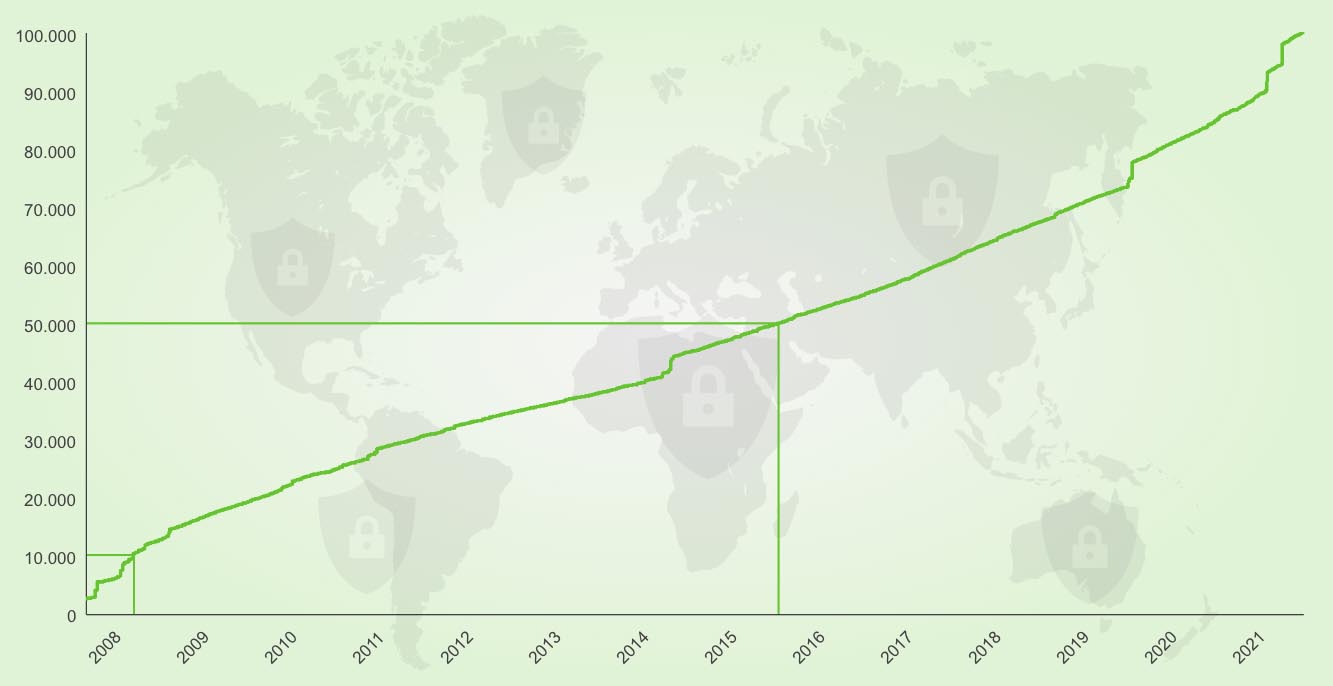
Number of VTs over time
How Is the Feed Composed Anyway?
It is also interesting to see how these 100,000 vulnerability tests in the feed are put together. In our SecInfo Portal, you can easily take a look at all the included tests yourself.
About half of the tests detect vulnerabilities with a high severity class – i.e., with a severity between 7.0 and 10.0. Another 40,000 tests such with the severity class “Medium” (severity 4.0 to 6.9).
Vulnerabilities for the same area are grouped into families. Among the largest families of vulnerability tests are mainly those for local security checks, i.e., authenticated scans. In these, the target is scanned both from the outside via the network and from the inside using a valid usage login. Thus, more details about vulnerabilities can be found on the scanned system. Vulnerability tests for such authenticated scans already account for over 60,000 tests. The largest VT families with a total of almost 30,000 vulnerability tests are “Fedora Local Security Checks” and “SuSE Local Security Checks”.
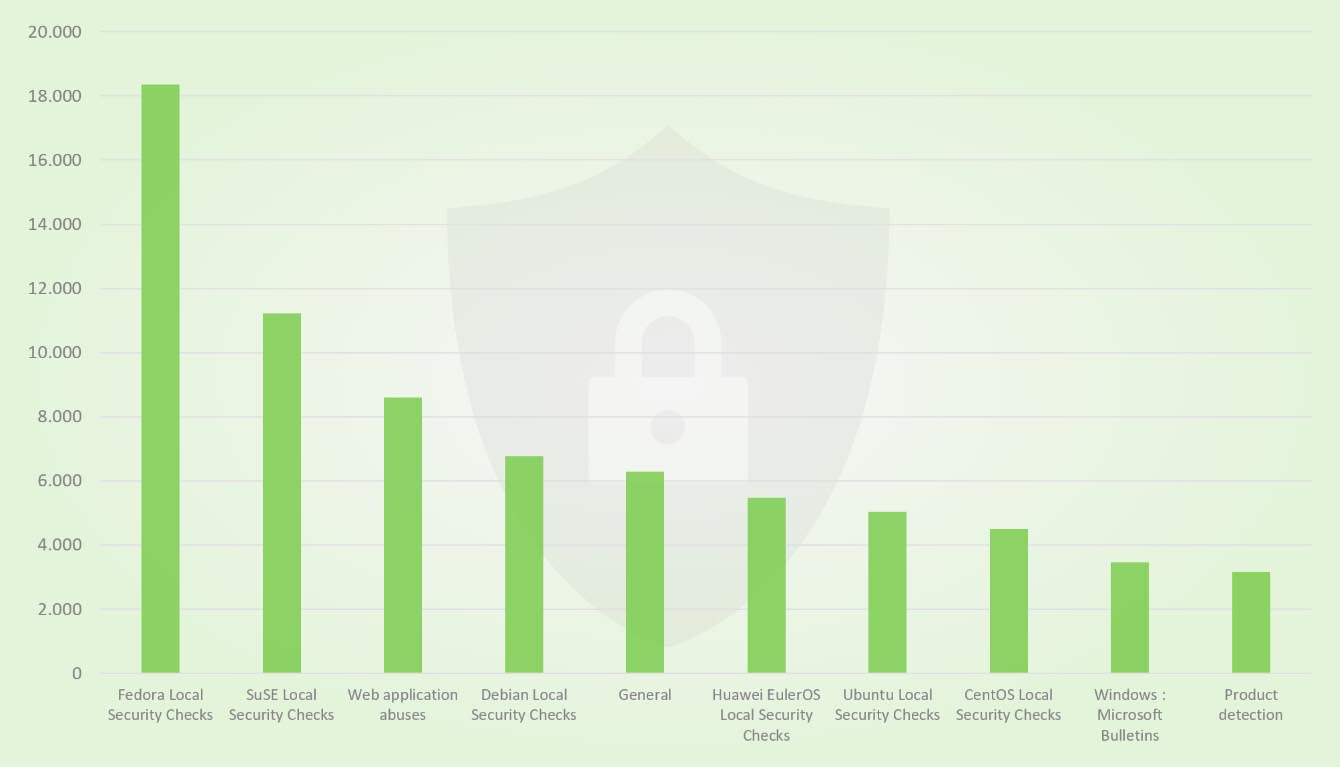
Number of VTs in the top 10 VT Families
Globally Known Vulnerabilities Are also Covered
The general public is unaware of many vulnerabilities. But every now and then, particularly significant and spectacular cyber attacks make it into the media – especially when many large companies or governments are affected.
Greenbone reacts immediately when such incidents become known and starts developing a corresponding vulnerability test. Such notable vulnerabilities in recent years include Heartbleed (2014), POODLE (2014), DROWN (2016), Meltdown (2018), Spectre (2018), BlueKeep (2019) and PrintNightmare (2021). Most people probably also particularly remember the Solarwinds attack in 2019 and 2020. The attackers had exploited a previously unknown vulnerability to inject the malicious webshell “SUPERNOVA”.
All of these vulnerabilities can be detected via tests in the Greenbone Security Feed.
In the future, we will continue to work on expanding the scope of our feed to provide users with the opportunity to detect vulnerabilities at an early stage and not give attacks a chance. So with our solutions constantly updated to cover the latest and most critical vulnerabilities, you can relax. The next 100,000 vulnerability tests will follow – stay tuned!

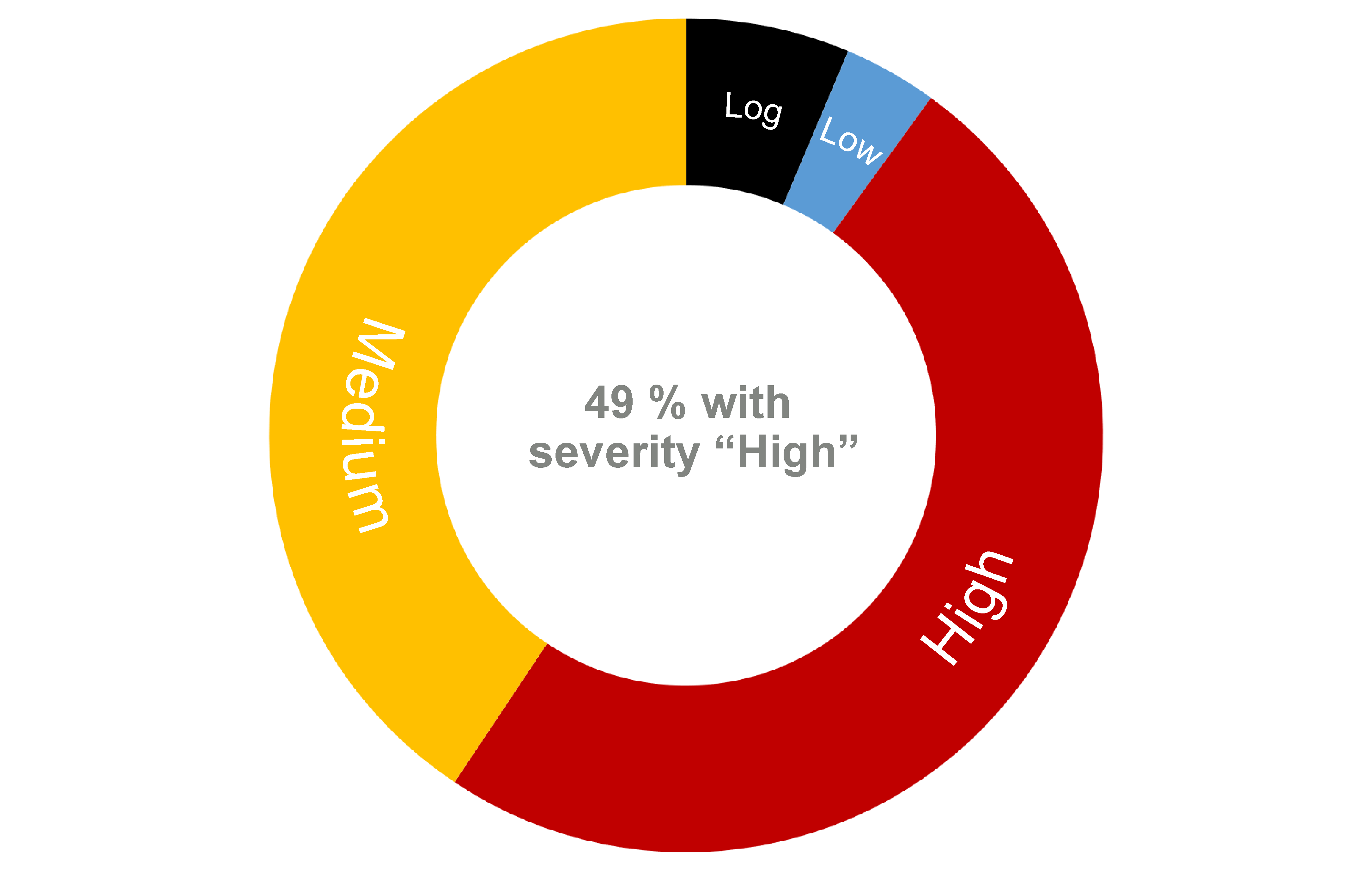
 Since 2021-04-30, the latest GOS version – version 21.04 – is available and, as always, it brings a lot of new features and improvements! What exactly? Get an overview of all important changes with GOS 21.04 here!
Since 2021-04-30, the latest GOS version – version 21.04 – is available and, as always, it brings a lot of new features and improvements! What exactly? Get an overview of all important changes with GOS 21.04 here!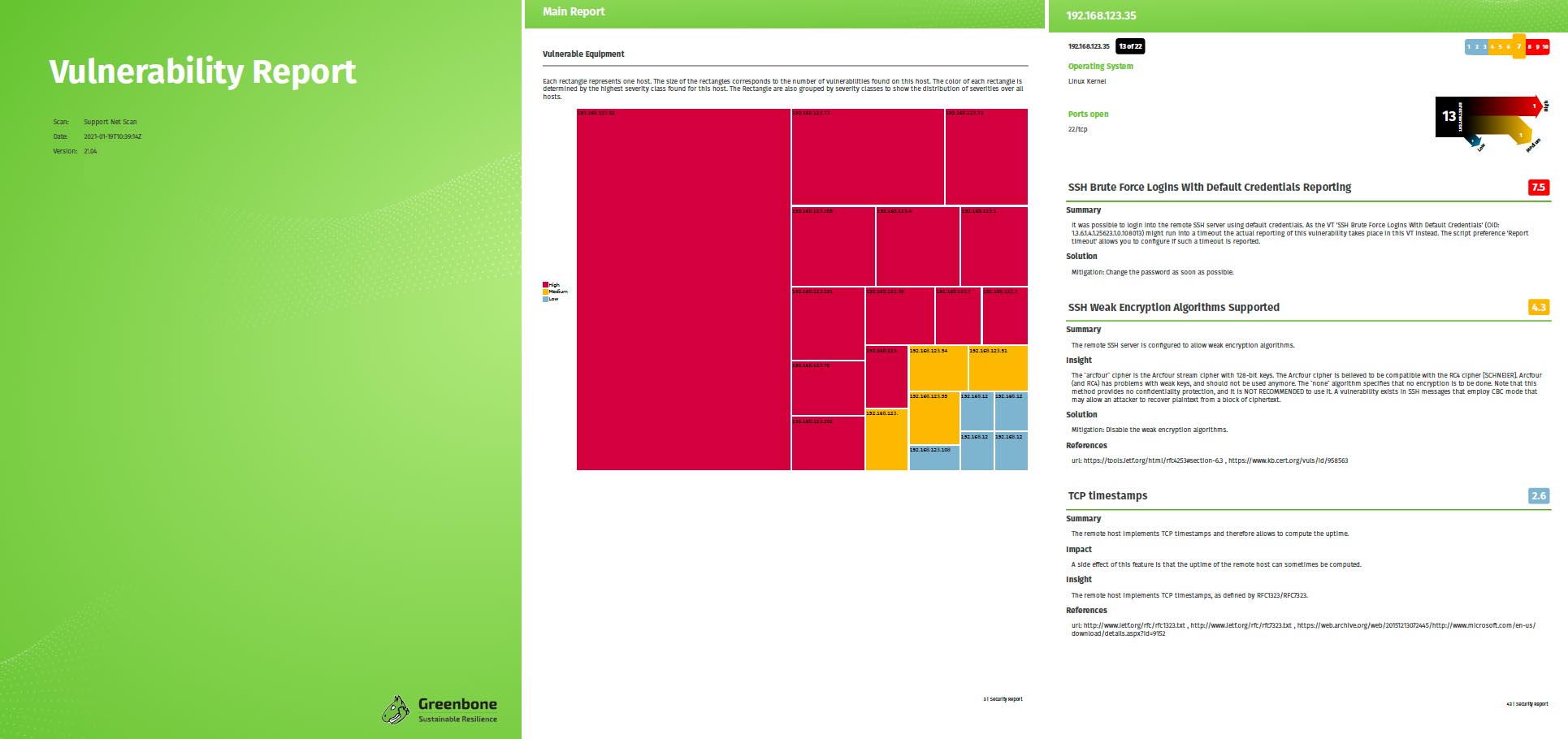
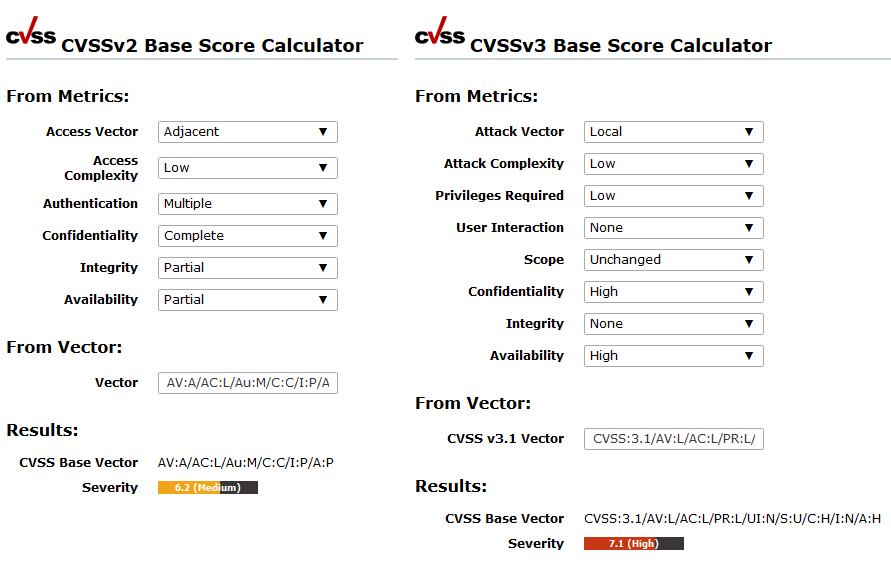

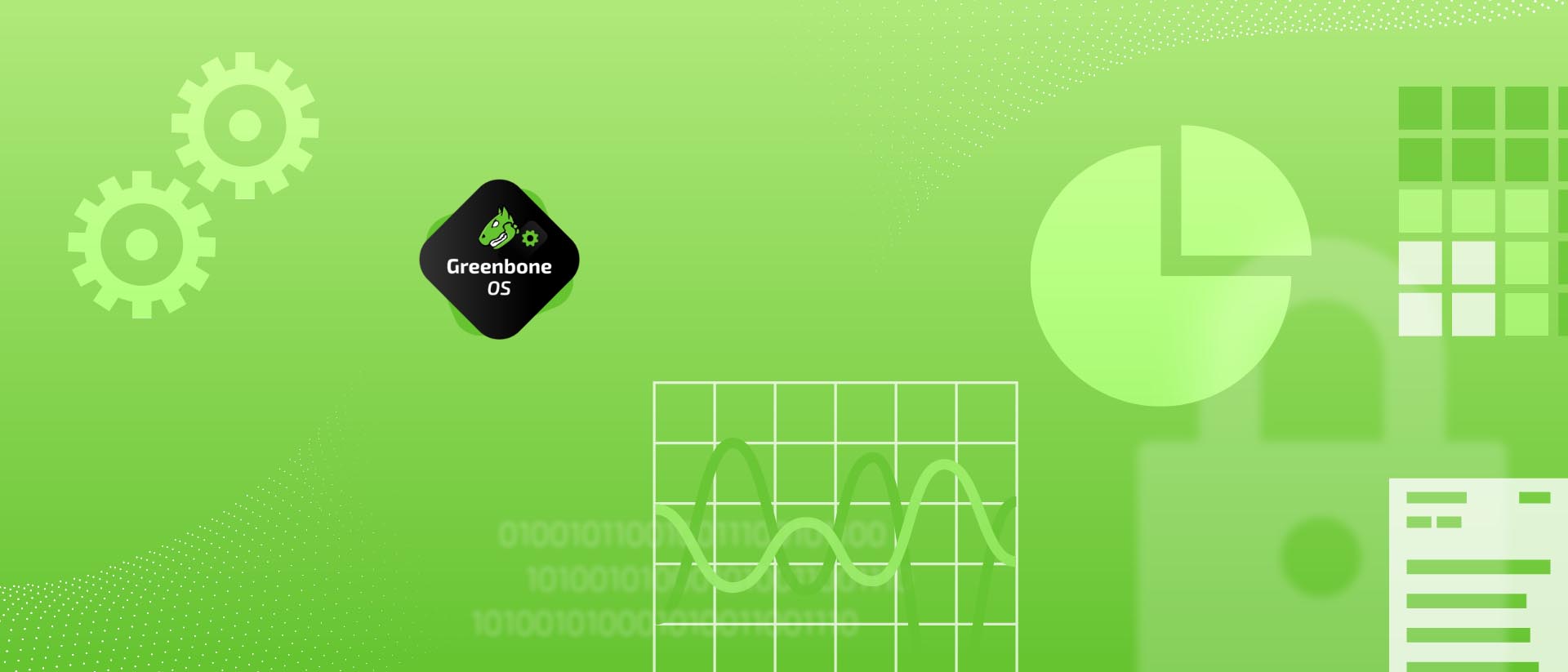
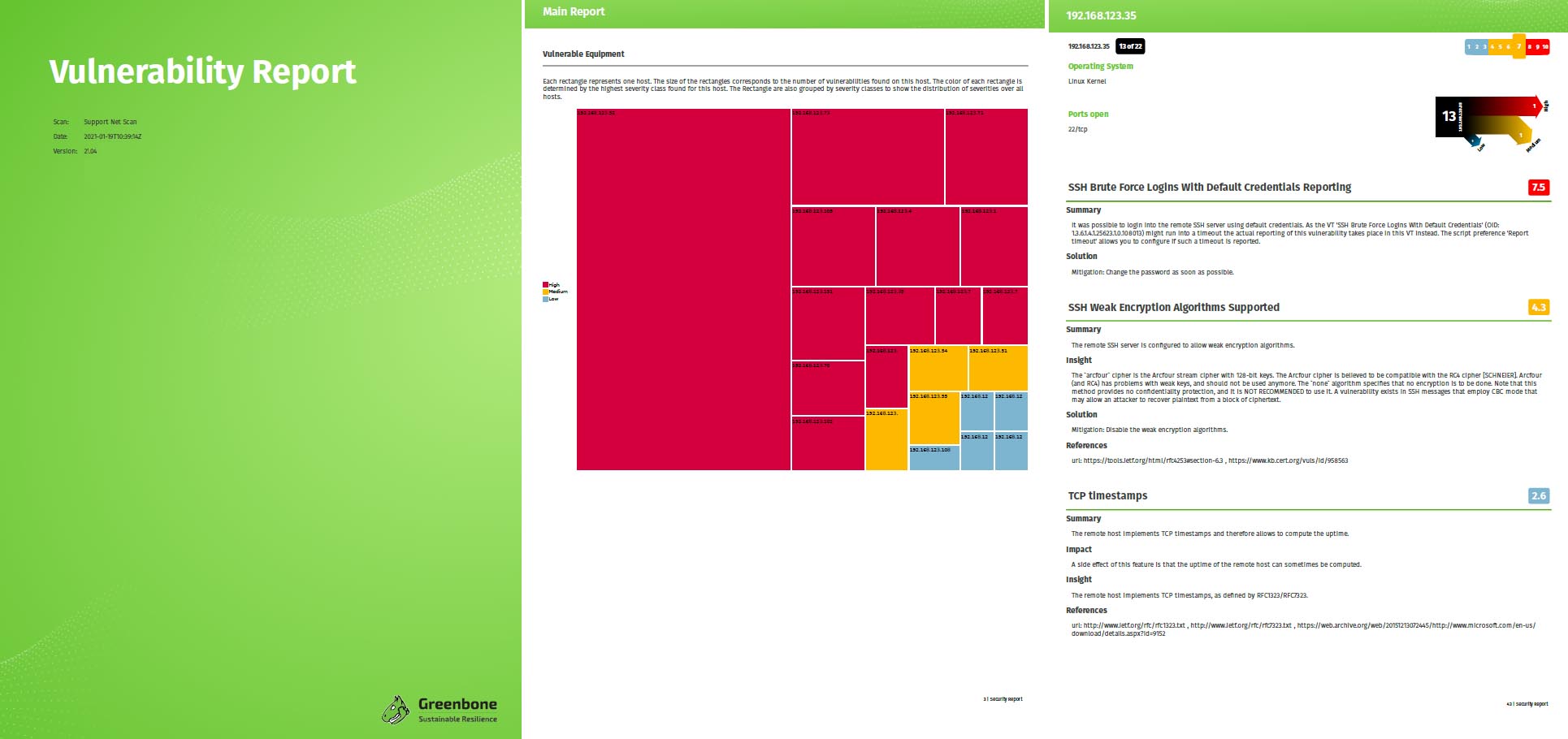


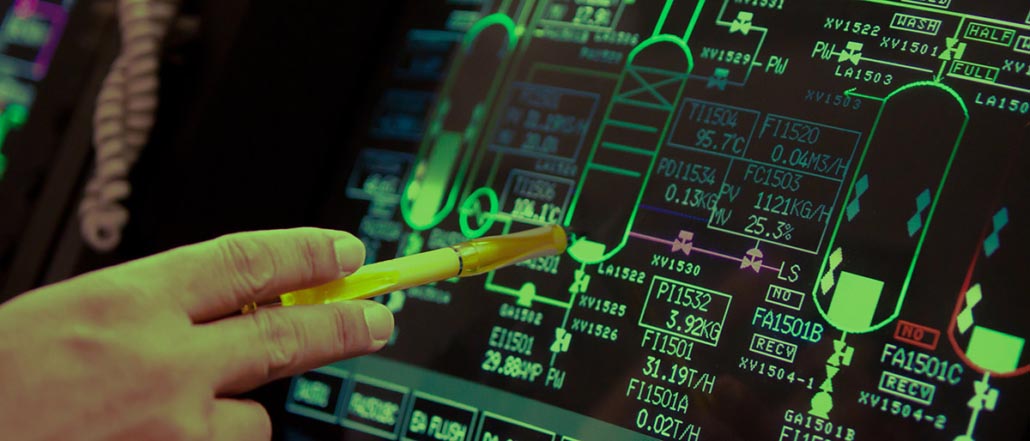
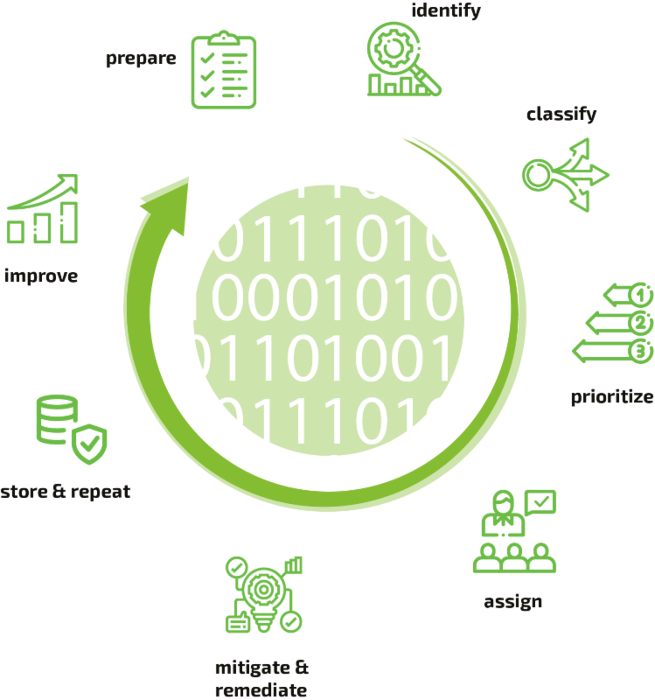 Why Cyber Resilience Is Particularly Important for Critical Infrastructures Sustainable cyber resilience is important for companies in all industries. But it is indispensable in the area of critical infrastructure (CRITIS). As defined by the German government, this includes “organizations or facilities of critical importance to the state community, the failure or impairment of which would result in sustained supply shortages, significant disruptions to public safety, or other dramatic consequences.” CRITIS organizations must therefore protect themselves particularly well against cyber attacks – this is required by law. The EU launched the European Programme for Critical Infrastructure Protection (EPCIP) back in 2006 and expanded and supplemented it in subsequent years. Member states are implementing the EU NIS directive in national law, Germany for instance with the IT Security Act (IT-SIG). Large economic nations have already developed regulatory bodies. In the U.S., for example, this is the National Institute of Standards and Technology (NIST) and in Germany the Federal Office for Information Security (BSI). In Germany, the critical infrastructures are divided into 9 sectors. One of these is the water sector with the divisions of public water supply and wastewater disposal. It includes, for example, waterworks, pumping stations, water pipelines and networks, wastewater treatment plants, the sewerage system, and dam and flood protection facilities. They all play a critical role in our society. Attacks on the water supply could therefore hit a society to the core and, in the worst case, threaten human lives. Attacks on the wastewater disposal system are just as dangerous. If it no longer functions, the result would be considerable hygienic and health problems. Since the water infrastructure uses many IT systems and electronic control systems (ICS) nowadays, it becomes an attractive target for hackers. Incidents Show the Vulnerability of the Water Sector In recent years, there have been numerous attacks on water infrastructures worldwide. Fortunately, there have been no serious consequences so far. However, the attacks show that hackers are exploring how to take control of control systems and prepare further attacks. In 2013, for example, Iranian hackers attempted to penetrate the
Why Cyber Resilience Is Particularly Important for Critical Infrastructures Sustainable cyber resilience is important for companies in all industries. But it is indispensable in the area of critical infrastructure (CRITIS). As defined by the German government, this includes “organizations or facilities of critical importance to the state community, the failure or impairment of which would result in sustained supply shortages, significant disruptions to public safety, or other dramatic consequences.” CRITIS organizations must therefore protect themselves particularly well against cyber attacks – this is required by law. The EU launched the European Programme for Critical Infrastructure Protection (EPCIP) back in 2006 and expanded and supplemented it in subsequent years. Member states are implementing the EU NIS directive in national law, Germany for instance with the IT Security Act (IT-SIG). Large economic nations have already developed regulatory bodies. In the U.S., for example, this is the National Institute of Standards and Technology (NIST) and in Germany the Federal Office for Information Security (BSI). In Germany, the critical infrastructures are divided into 9 sectors. One of these is the water sector with the divisions of public water supply and wastewater disposal. It includes, for example, waterworks, pumping stations, water pipelines and networks, wastewater treatment plants, the sewerage system, and dam and flood protection facilities. They all play a critical role in our society. Attacks on the water supply could therefore hit a society to the core and, in the worst case, threaten human lives. Attacks on the wastewater disposal system are just as dangerous. If it no longer functions, the result would be considerable hygienic and health problems. Since the water infrastructure uses many IT systems and electronic control systems (ICS) nowadays, it becomes an attractive target for hackers. Incidents Show the Vulnerability of the Water Sector In recent years, there have been numerous attacks on water infrastructures worldwide. Fortunately, there have been no serious consequences so far. However, the attacks show that hackers are exploring how to take control of control systems and prepare further attacks. In 2013, for example, Iranian hackers attempted to penetrate the  Many networked IT systems and industrial control systems are therefore used in drinking water supply and wastewater disposal, enabling largely automated processes. Examples include sensors for temperature, flow rate, or chlorine content, remotely readable meters, and web portals and mobile apps for customers. Challenges for Cyber Resilience in the Water Sector To reduce their attack surface for cyber criminals, water sector organizations must consider the full range of networked systems, devices and applications. But this is not always easy. One problem is that the ICSs used in the water infrastructure come from different generations. Many of the older control systems were developed at a time when little or no consideration was given to cyber security. This leads to a heterogeneous, vulnerable IT landscape. Additionally, the high degree of automation and dependence on industrial controls makes water infrastructure particularly vulnerable to attack. Furthermore, the IT systems in use are becoming increasingly complex. This makes it difficult for companies to achieve a sufficient level of protection. The increasing networking of components within the field and control level as well as the control and process control technology increases the complexity even further. At the same time, this increases the attack surface for hackers. They have more and more opportunities to penetrate networks, steal data or manipulate industrial controls. Even Previously Unexploited Vulnerabilities Should Not Be Underestimated A recent study by Kenna Security found that the total number of vulnerabilities discovered per year has increased from 4,100 in 2011 to 17,500 in 2021. On the other hand, the percentage of vulnerabilities exploited by hackers has not grown at the same rate. What is the reason for this? Cyber crime follows the same economic rules as any other business model: least investment for maximum result. But cyber crime also suffers from the same problem as the IT industry in general: experts are a limited resource. Companies cannot change this initial situation, but they can ensure that their attack surface is reduced. Tolerating a large attack surface, even if the vulnerabilities are not yet weaponized, is replacing control with gambling. As soon as it seems cheaper for cyber criminals or the outcome is promising, cyber crime will focus on vulnerabilities that are not yet weaponized, and the conversion of vulnerabilities into weapons will happen quickly. Even worse is the motivation of cyber terrorists, who have so far been fortunately unsuccessful due to a lack of expertise. It is unclear whether they will gain the necessary skills and if so, when. But they do not follow the rules of economics, which makes them less predictable in selecting targets and suitable weaponized vulnerabilities. In essence, there are two good general reasons why organizations should establish a process to manage and minimize their entire attack surface and not just focus on current (or likely) weaponizable vulnerabilities:
Many networked IT systems and industrial control systems are therefore used in drinking water supply and wastewater disposal, enabling largely automated processes. Examples include sensors for temperature, flow rate, or chlorine content, remotely readable meters, and web portals and mobile apps for customers. Challenges for Cyber Resilience in the Water Sector To reduce their attack surface for cyber criminals, water sector organizations must consider the full range of networked systems, devices and applications. But this is not always easy. One problem is that the ICSs used in the water infrastructure come from different generations. Many of the older control systems were developed at a time when little or no consideration was given to cyber security. This leads to a heterogeneous, vulnerable IT landscape. Additionally, the high degree of automation and dependence on industrial controls makes water infrastructure particularly vulnerable to attack. Furthermore, the IT systems in use are becoming increasingly complex. This makes it difficult for companies to achieve a sufficient level of protection. The increasing networking of components within the field and control level as well as the control and process control technology increases the complexity even further. At the same time, this increases the attack surface for hackers. They have more and more opportunities to penetrate networks, steal data or manipulate industrial controls. Even Previously Unexploited Vulnerabilities Should Not Be Underestimated A recent study by Kenna Security found that the total number of vulnerabilities discovered per year has increased from 4,100 in 2011 to 17,500 in 2021. On the other hand, the percentage of vulnerabilities exploited by hackers has not grown at the same rate. What is the reason for this? Cyber crime follows the same economic rules as any other business model: least investment for maximum result. But cyber crime also suffers from the same problem as the IT industry in general: experts are a limited resource. Companies cannot change this initial situation, but they can ensure that their attack surface is reduced. Tolerating a large attack surface, even if the vulnerabilities are not yet weaponized, is replacing control with gambling. As soon as it seems cheaper for cyber criminals or the outcome is promising, cyber crime will focus on vulnerabilities that are not yet weaponized, and the conversion of vulnerabilities into weapons will happen quickly. Even worse is the motivation of cyber terrorists, who have so far been fortunately unsuccessful due to a lack of expertise. It is unclear whether they will gain the necessary skills and if so, when. But they do not follow the rules of economics, which makes them less predictable in selecting targets and suitable weaponized vulnerabilities. In essence, there are two good general reasons why organizations should establish a process to manage and minimize their entire attack surface and not just focus on current (or likely) weaponizable vulnerabilities: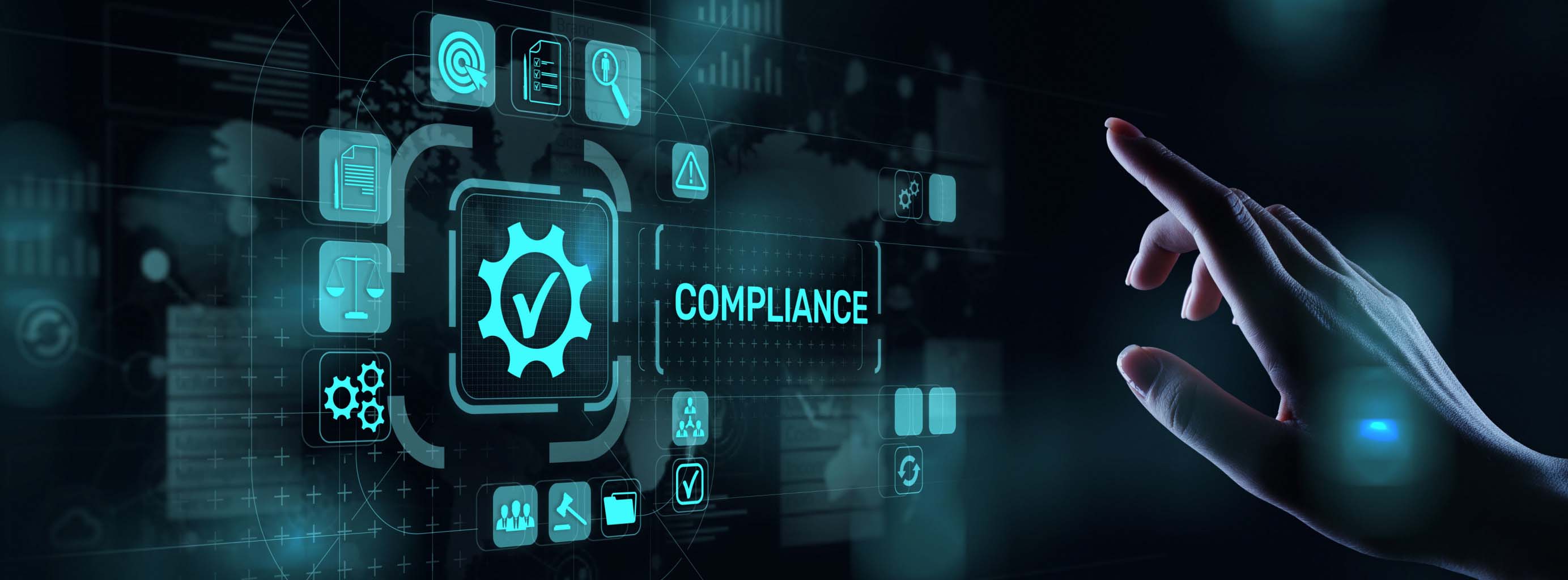
 Geese will take responsibility for Greenbone’s overall corporate strategy as well as process optimisation within the company. He will also focus on adding value to Greenbone’s range of products by, for example, making its vulnerability management solution available as a managed service, so it is more accessible to companies that do not have the in-house capabilities or resources to deploy and manage their own hardware.
Geese will take responsibility for Greenbone’s overall corporate strategy as well as process optimisation within the company. He will also focus on adding value to Greenbone’s range of products by, for example, making its vulnerability management solution available as a managed service, so it is more accessible to companies that do not have the in-house capabilities or resources to deploy and manage their own hardware.

